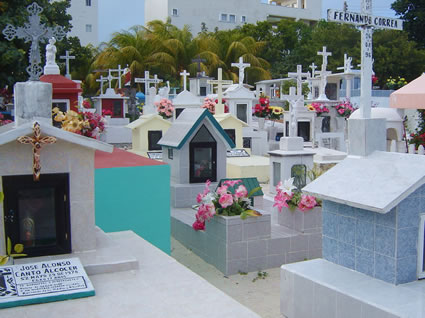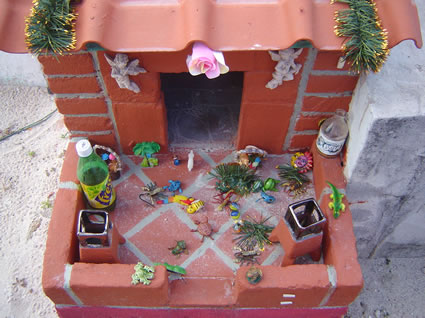Learning about the Massacre in Tlatelolco
Sunday, May 17th, 2009The other day my husband brought home the movie “Rojo Amanecer” for us to watch. The title means “red dawn” in English, but this isn’t the cheesy American-made Red Dawn movie about the U.S. getting into WWIII with the Soviet Union. Instead this is a Mexican movie about the 1968 Massacre in Tlatelolco, a neighborhood in Mexico City.
My husband lived in Tlatelolco as a child. He took his First Communion in the church of Santiago Tlatelolco right there in the Plaza de las Tres Culturas, where the massacre began. And for years he has been telling me bits and pieces of what he remembers of that night. Mostly what he seems to remember is the sound of the tanks rolling in and falling asleep to the sound of endless gunfire. He told me that it took him a long time to fall asleep that night and that “the gunfire went on and on and didn’t stop.” I can’t imagine what that must have been like for a young child.
The movie Rojo Amanecer won a Silver Ariel award and starred important Mexican actors. It was and is an important movie. It’s also cheesy as all get-out, with nearly non-stop over-acting and unrealistic-looking and generous displays of ketchup. Its characters also have an incredible number of meals in a short amount of time, they never stop eating. But when I watched it what I was seeing was a missing piece of my husband’s childhood. I was learning something important about why he is the way he is and why he thinks the way he thinks.
Watching this movie taught me something about why so many Mexicans, especially my husband, don’t trust their own government. If a government can massacre a crowd, in the middle of it’s capital city, and then cover it up, what else can they do? I think that there is a whole generation of Mexicans who’ve grown up wondering just that. And I think this goes a long way to explaining some of the wild conspiracy theories that get passed around in Mexico. A whole generation of people don’t trust the government and won’t put anything past it.
I recommend Rojo Amanecer to anyone who is a student of Mexican culture or is an expat living here. It goes a long way towards explaining the very real fear so many people in Mexico have of their government’s power.











